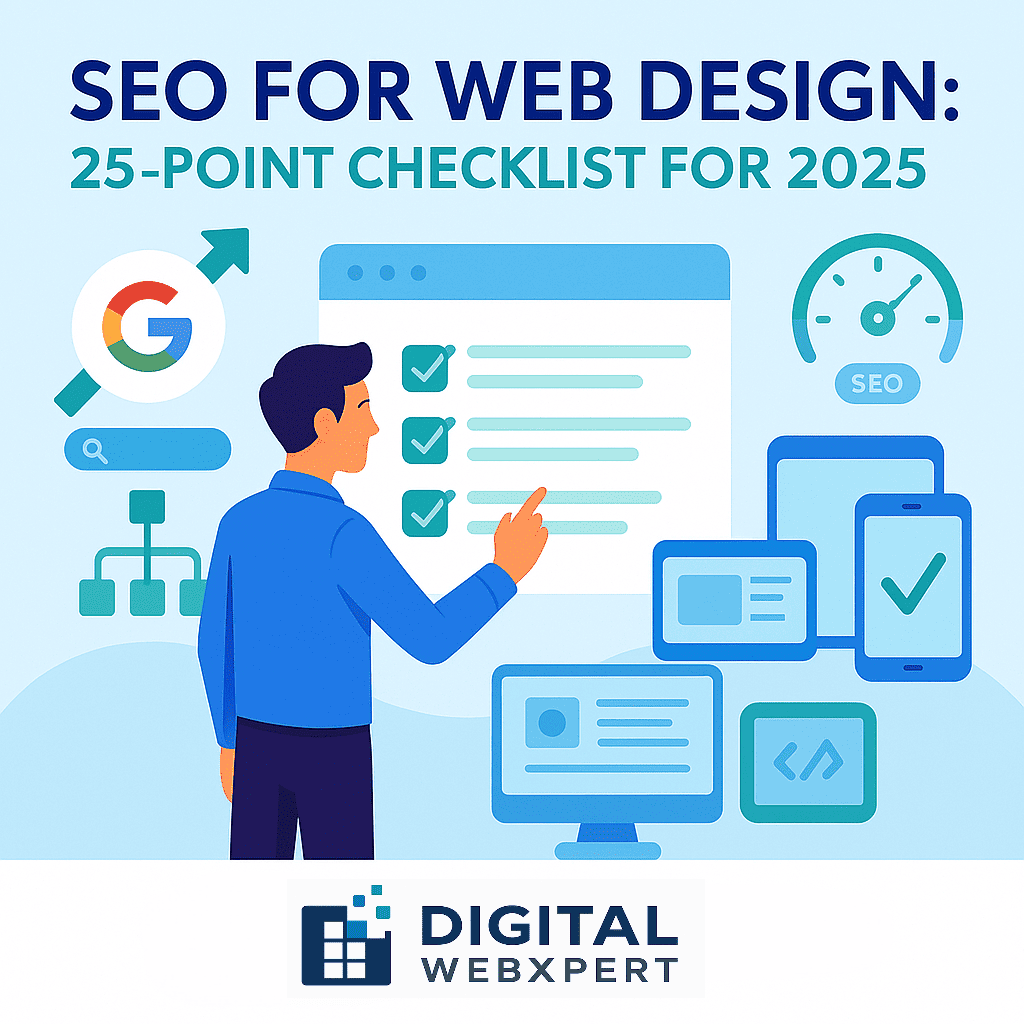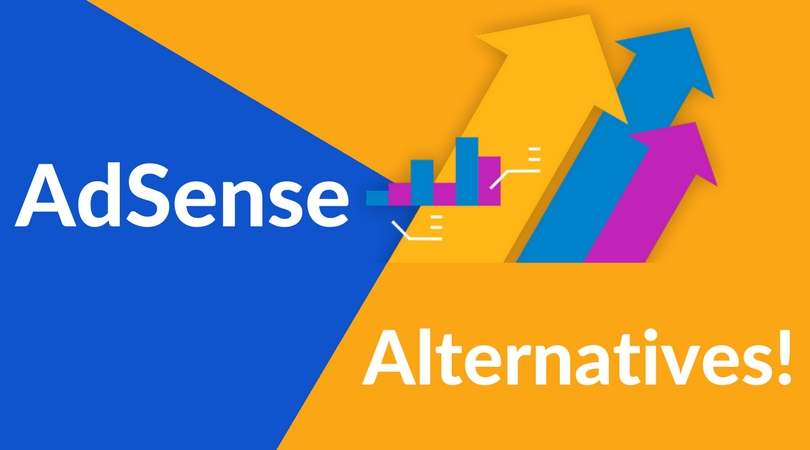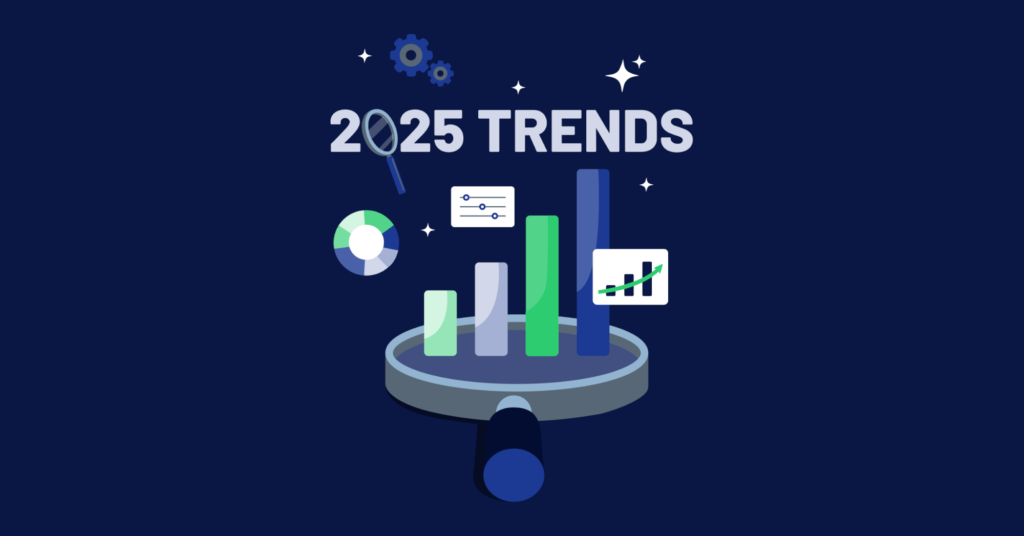In 2025, having a beautifully designed website isn’t enough. If your site isn’t optimized for search engines, you’re losing valuable traffic, leads, and customers.
That’s why SEO for web design is more important than ever. From page speed and mobile responsiveness to content structure and on-page SEO, every element of your website affects how well it ranks on Google.
At Digital WebXpert, we’ve compiled a powerful 25-point checklist to help you ensure your website is built to rank — not just look good.
Let’s dive in.
✅ 1. Start with Keyword Research
Before writing content or designing pages, use tools like Google Keyword Planner, Ahrefs, or Ubersuggest to find:
Long-tail keywords
Local search terms
Search intent phrases
Integrate these into your layout strategy.
✅ 2. Optimize Your Site Structure
A good website structure improves both UX and SEO:
Use a flat hierarchy
Organize content into categories
Ensure every page is 3 clicks or less from the homepage
✅ 3. Use SEO-Friendly URLs
Your URL slugs should be:
Short
Keyword-rich
Hyphenated (not underscored)
✅ Example:/seo-for-web-design-checklistinstead of/page?id=1234
✅ 4. Mobile Responsiveness
Google uses mobile-first indexing. Test using Google’s Mobile-Friendly Test and ensure:
No horizontal scroll
Easy-to-read fonts
Clickable buttons on all screen sizes
✅ 5. Page Speed Optimization
A slow site kills rankings and conversions. Use:
Image compression (TinyPNG, WebP)
Browser caching
Lazy loading
CDN integration
Test with PageSpeed Insights or GTMetrix.
✅ 6. SSL Certificate (HTTPS)
A secure site is a must for SEO and user trust. Use HTTPS, not just HTTP.
✅ 7. Title Tags
Include your focus keyword at the start of every page’s title tag.
✅ Example: “SEO for Web Design: 25-Point Checklist for 2025”
✅ 8. Meta Descriptions
Write compelling descriptions with your focus keyword. Keep them under 155 characters and make them click-worthy.
✅ 9. Header Tags (H1–H6)
Each page should have:
One H1 with the main keyword
H2s for major sections
H3s for subpoints
Use headers to structure your content clearly.
✅ 10. Optimize Images with Alt Text
All images should have alt text that includes related keywords and supports accessibility.
✅ Image Alt Example: “SEO for Web Design checklist graphic showing tools and optimization tips.”
✅ 11. Internal Linking Strategy
Link to other relevant blog posts or service pages. It helps with:
Crawling
Time on site
✅ 12. External (Outbound) Links
Link to authoritative sources like Moz, Google Search Central, or industry blogs.
This builds trust and improves SEO signals.
✅ 13. Create a Sitemap
Submit an XML sitemap to Google Search Console. This helps search engines find your pages faster.
✅ 14. Robots.txt File
Ensure your robots.txt file allows crawling of your most important content.
✅ 15. Set Up Google Analytics and Search Console
Track how users find and use your site. This data is crucial for improving your SEO performance.
✅ 16. Write High-Quality, Keyword-Rich Content
Avoid fluff. Your content should solve problems, answer questions, and include:
Primary keyword
LSI keywords
Questions from Google’s “People Also Ask”
✅ 17. Use Schema Markup (Structured Data)
Implement schema for:
Products
Articles
Reviews
FAQs
Use Google’s Rich Results Test to validate your markup.
✅ 18. Optimize for Core Web Vitals
Core Web Vitals are now ranking factors. Focus on:
LCP (Largest Contentful Paint)
FID (First Input Delay)
CLS (Cumulative Layout Shift)
✅ 19. Responsive Navigation Menus
Menus must be accessible on mobile and desktop. Use:
Clear labels
Collapsible menus
Sticky headers if needed
✅ 20. No Broken Links
Broken links hurt UX and SEO. Use tools like Screaming Frog or Ahrefs to find and fix them.
✅ 21. Blog for Fresh Content
Consistently publish optimized blog content targeting new keywords. Google loves fresh, relevant pages.
✅ 22. Optimize for Local SEO (If Applicable)
If you serve a specific location:
Use local keywords
Add a Google Map embed
Register with Google Business Profile
✅ 23. Use Clean, Crawlable Code
Avoid overloading with unnecessary JavaScript or inline CSS. Make your site as lightweight as possible.
✅ 24. Add Clear CTAs
While not directly SEO-related, a high-ranking site should convert. Use:
Contact forms
Lead magnets
Clear CTA buttons on every page
✅ 25. Regularly Audit and Update
SEO for web design isn’t a one-time job. Every 3–6 months:
Run site audits
Update old blog posts
Check for new keyword opportunities
🧠 Why SEO for Web Design Is Non-Negotiable in 2025
Your website isn’t just a digital brochure — it’s your most powerful online asset. Without a proper SEO foundation, you’re:
Invisible to search engines
Losing out to faster, smarter competitors
Wasting design resources on non-performing pages
Whether you’re launching a new site or redesigning your current one, following this SEO for web design checklist ensures that your website is built to perform.
🔧 How Digital WebXpert Can Help
We specialize in SEO-first web design and development. That means:
✅ Your site looks amazing
✅ Loads lightning fast
✅ Ranks higher on Google
✅ Converts visitors into leads & sales
📩 Let’s build your high-ranking website together.
Visit https://www.digitalwebxpert.com



